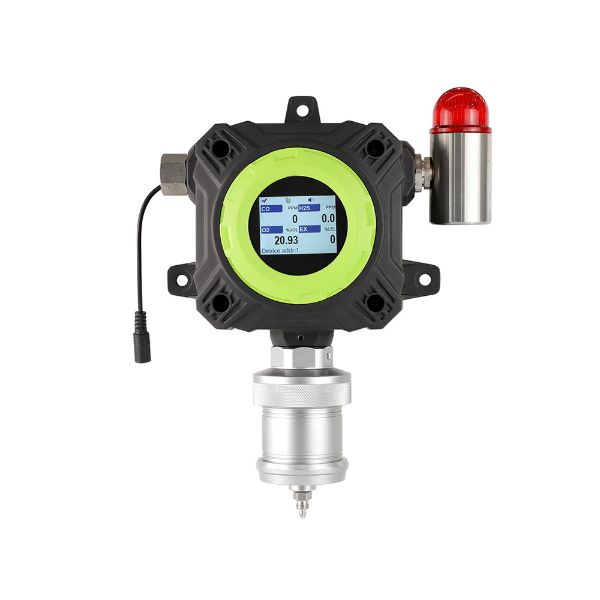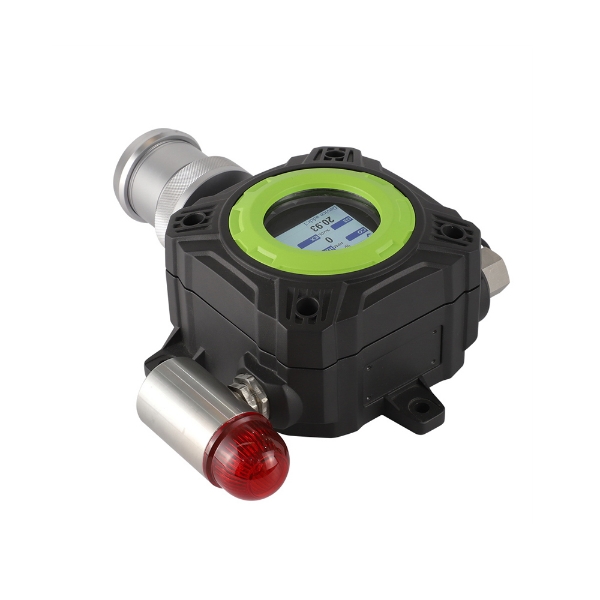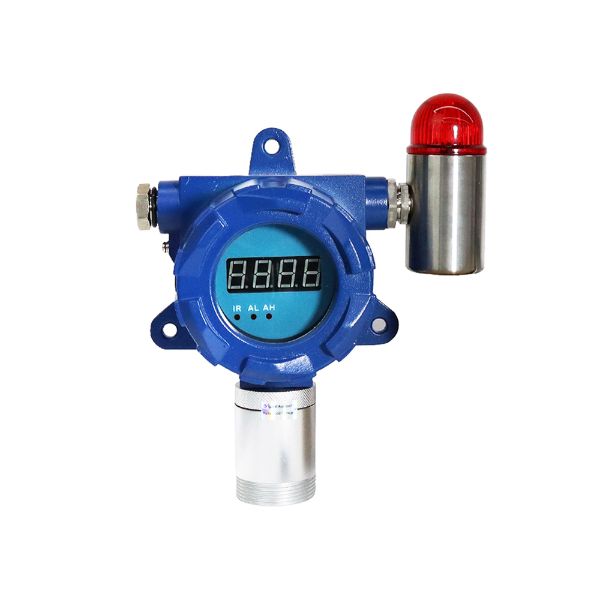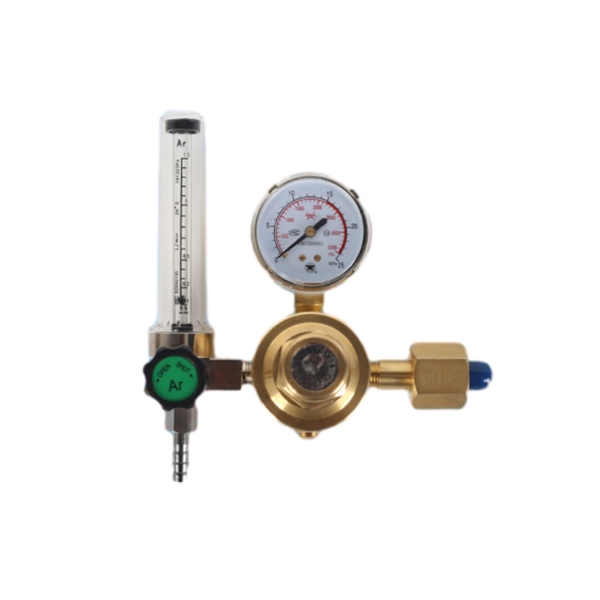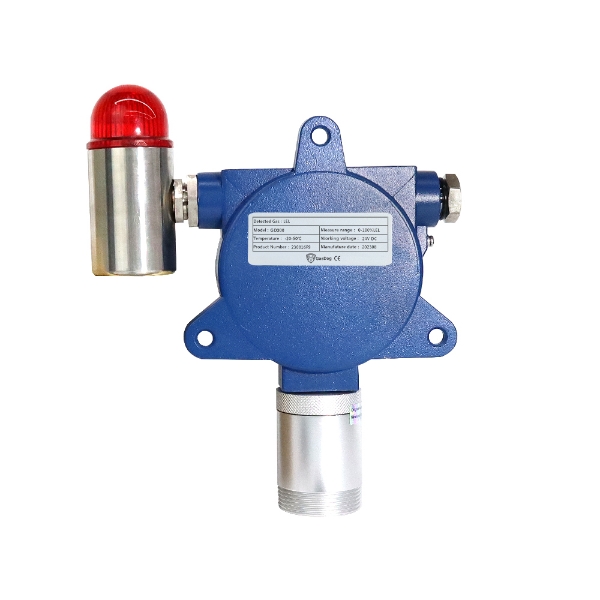-
You have no items in your shopping cart.
- Register
- Log in
- Wishlist
- Shopping cart
WRITE YOUR OWN REVIEW
EXISTING REVIEWS
Protecting workplace safety
I purchased this fixed Ammonia gas detector and am very pleased with it. Not only is this device very sensitive to ammonia leaks, but it provides accurate measurements. Most importantly, it plays a key role in keeping the workplace safe. Whenever there is a risk of an ammonia leak, it quickly sends out an alert so that we can take the necessary steps to avoid the potential danger.
Brian Wright
|
9/26/2023 3:28 AM
Was this review helpful?
(0/0)

